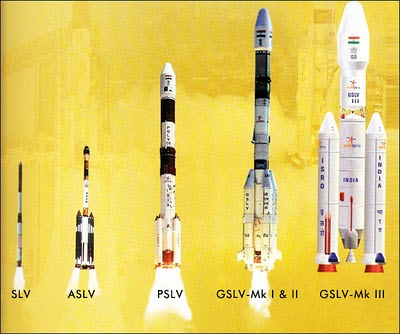ISRO successfully tested the indigenous cryogenic engine to be used to propel the country's Geosynchronous Satellite Launch Vehicle.
The test was conducted at the Liquid Propulsion Systems Centre in conditions simulating the high altitude atmosphere at Mahendragiri in Tamil Nadu's Tirunelveli district.
The test was conducted to see whether ignition of the indigenously developed cryogenic engine takes place smoothly, as per the expected temperature, pressure and flow parameters.
The engine uses liquid oxygen and liquid hydrogen as propellants and develops a thrust of 7.5 tonnes to powers the GSLV's upper stage.
With this successful test, the indigenous cryogenic engine would be fully assembled and the cryogenic stage itself delivered at Sriharikota in a month's time.
Once it reaches Sriharikota, it may take more than two months to fully assemble the vehicle and conduct all tests.
According to scientists, the ignition was perfect and it gave all the parameters as per our predictions and it has given an excellent confidence to go ahead with the GSLV-D5 launch from Sriharikota in July 2013.
GSLV-D5, with the indigenous cryogenic engine, will put into orbit a communication satellite called GSAT-14.
The launch of a GSLV-D3 with an indigenous cryogenic engine in April 2010 ended in failure. Although the engine ignited in vacuum in space, the ignition could not be sustained.
ISRO chief is K. Radhakrishnan.
ABOUT LIQUID PROPULSION SYSTEMS CENTRE:
Liquid Propulsion Systems Centre is the centre of excellence in the area of Liquid Propulsion for ISRO's Launch Vehicle and Spacecraft programmes.
The Centre is entrusted with the responsibility of research and development of Earth Storable and Cryogenic Propulsion systems and delivers Engines, Stages, associated Control Systems and Components for Launch Vehicle and Spacecraft programmes of ISRO.
Units of LPSC are located at three places, viz,at Valiamala, in Kerala; Mahendragiri in Tamil Nadu and Bengaluru in Karnataka.
LPSC, Valiamala in Kerala is the Headquarters and the main activities carried out at Valiamala include;
Research and Development in earth storable and cryogenic propulsion systems for Launch Vehicle and Spacecraft applications
System design and architecture
Management of system projects
Management of earth storable and cryogenic engine and stage systems
Integration of launch vehicle propulsion control system packages and modules
Low thrust thruster test facilities for satellite thrusters
The main activities carried out at LPSC, Mahendragiri in Tamilnadu are;
Assembly and integration of liquid engines and stages
Testing of liquid engines and stages
High altitude test facilities for upper stage engines
Propellant storage facilities
The main activities carried out at LPSC, Bengaluru in Karnataka are;
Design and realisation of monopropellant thrusters and components
Integration of spacecraft propulsion systems
Development and production of transducers
Management of launch vehicle stage tanks and structures at industries




